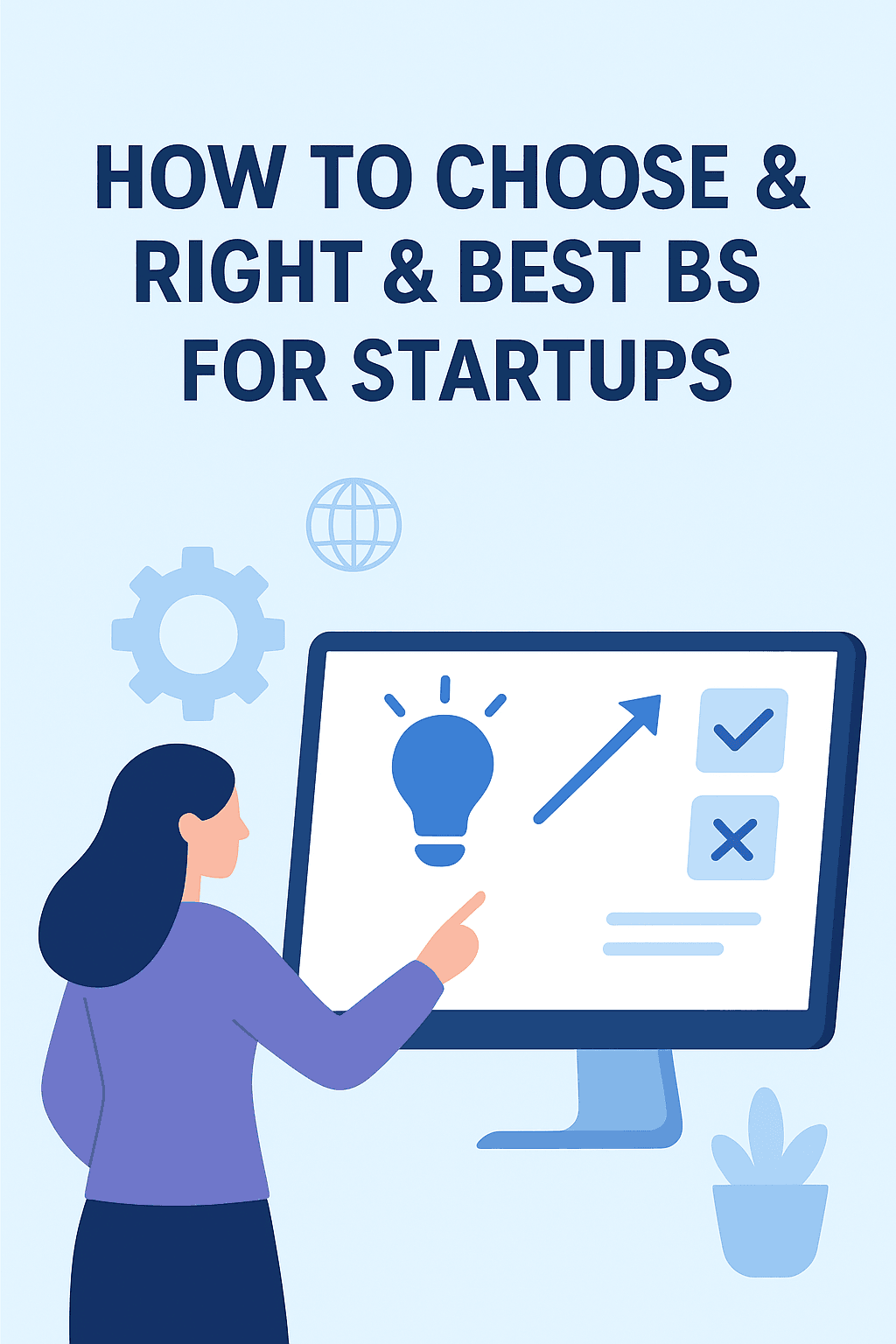Discover the ultimate guide on how to choose the right business model for your startup in 2025. Learn expert strategies, market insights, and practical steps with Xane Solutions for sustainable growth and success.
Introduction: The Critical First Step in Your Startup Journey
Choosing the right business model for startups is one of the most important strategic decisions you’ll make. It affects how you generate revenue, structure operations, and scale sustainably. In 2025, market dynamics are rapidly shifting due to emerging technologies, evolving customer expectations, and increased competition.
At Xane Solutions, we guide entrepreneurs in selecting the perfect business model that aligns with their vision, resources, and market opportunities. This in-depth guide breaks down the process into actionable steps, backed by real-world examples and expert insights to future-proof your startup.
What is a Business Model and Why It Matters
A business model describes how a startup creates, delivers, and captures value. It answers three crucial questions:
- Who is your customer?
- What problem are you solving?
- How will you make money?
Why Choosing the Right Business Model is Essential:
- Provides a clear pathway to market fit.
- Helps attract investors.
- Ensures operational efficiency and profitability.
- Lays the foundation for long-term scalability.
Step 1: Conduct Thorough Market Research
Before picking a business model, deep market research is essential.
Key Areas to Research:
- Customer Pain Points: Understand problems customers face.
- Market Size & Demand: Is the target market large enough?
- Competitor Analysis: What models do competitors use? What works?
At Xane Solutions, we apply advanced market research tools to help startups identify underserved market segments.
Step 2: Define Your Unique Value Proposition
A strong value proposition clearly communicates the unique benefit your startup offers.
Questions to Answer:
- What problem are you solving?
- How is your solution different or better?
- Why should customers pay for your solution?
Example Value Propositions:
- Instant delivery at affordable rates.
- AI-powered analytics for small businesses.
- Eco-friendly packaging that reduces carbon footprint.
Step 3: Explore Popular Startup Business Models
Choosing a fitting model depends on your product type, industry, and customer behavior.
1. Freemium Model
Provide basic services for free and charge for advanced features.
✅ Ideal for SaaS startups.
2. Subscription Model
Recurring revenue through monthly/yearly subscriptions.
✅ Best for content services, SaaS, and memberships.
3. Marketplace Model
Connect buyers and sellers, earning commissions.
✅ Great for platforms like Airbnb, Etsy.
4. Advertising Model
Free services monetized by ads.
✅ Suited for content-heavy platforms.
5. E-Commerce Model
Sell physical or digital products online.
✅ Works for product-based startups.
6. On-Demand Model
Provide instant services (rides, food delivery).
✅ Popular in service sectors.
Step 4: Match Model to Your Industry
Each industry favors different models:
| Industry | Ideal Business Models |
|---|---|
| SaaS | Freemium, Subscription |
| Consumer Goods | E-Commerce, On-Demand |
| Content | Advertising, Subscription |
| Professional Services | Service-Based, Consulting |
At Xane Solutions, we tailor business model recommendations based on industry trends and future predictions.
Step 5: Calculate Cost Structure & Revenue Streams
Cost Structure Considerations:
- Fixed Costs (office space, salaries).
- Variable Costs (manufacturing, marketing).
- Scalability of Costs over time.
Revenue Streams Examples:
- Subscription fees.
- Commission per transaction.
- Licensing fees.
- Direct product sales.
We help startups develop financial models that ensure a sustainable path to profitability.
Step 6: Build and Test a Minimum Viable Product (MVP)
Validating your business model through an MVP is key.
Benefits of an MVP:
- Minimizes upfront investment.
- Gathers early customer feedback.
- Validates market demand.
Xane Solutions helps design and launch MVPs that offer maximum insights with minimal resources.
Step 7: Plan for Scalability
A good business model should grow with your startup.
Ask:
- Can this model handle increased demand?
- Are your processes automated?
- Is customer retention high?
Common scalable models include SaaS, Marketplaces, and Subscription services.
Step 8: Monitor Market Dynamics and Adapt
Stay updated with industry trends:
- AI Integration
- Web3 Technologies
- Green Sustainability Practices
At Xane Solutions, we continuously optimize business models, ensuring adaptability to shifting market conditions.
Case Study: Airbnb – Marketplace Model
- Problem Solved: Lack of affordable lodging alternatives.
- Business Model: Commission-based marketplace.
- Result: Disrupted hospitality industry, scalable globally.
Common Pitfalls to Avoid
- Assuming your idea fits without validation.
- Overcomplicating the model.
- Ignoring cost structure.
- Not planning for growth.
Why Xane Solutions is the Strategic Partner You Need
We don’t just help you choose a business model; we help you implement it.
Our Services Include:
- Business Model Workshops
- Market Research & Validation
- MVP Development Support
- Financial Forecasting
- AI & Automation Integration
- Growth Strategy Roadmaps
Conclusion: Make an Informed Decision Today
The right business model for startups is a strategic asset. It determines your revenue streams, cost efficiency, and scalability. Don’t guess—strategically choose based on market research, customer needs, and future trends.
👉 Partner with Xane Solutions to transform your idea into a scalable business model that thrives in 2025 and beyond.




